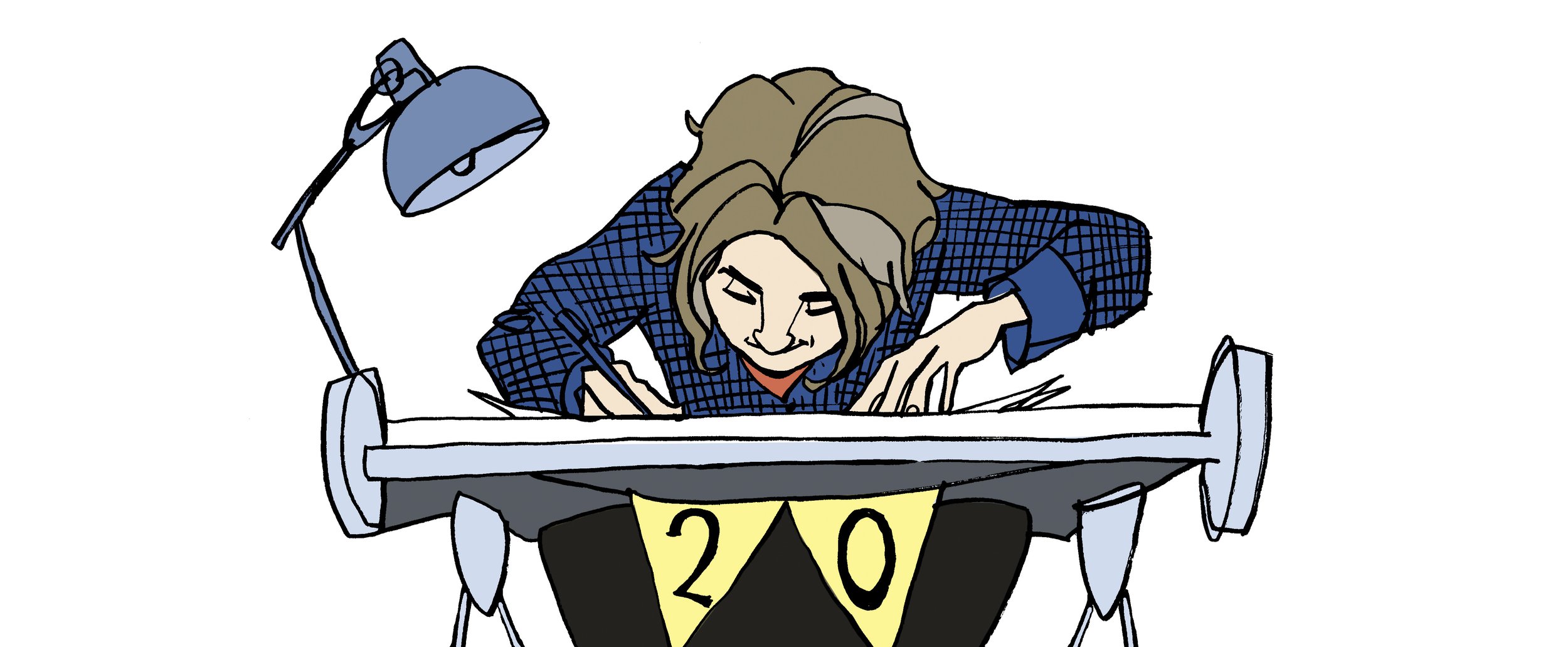A step by step how to draw my big bear from Scottish Book Trust’s Bookbug week 2020
Read MoreHigh Seas Adventure
Illustrating a children's story is a joy and a learning experience for me, the process of developing the visuals from character, concept layout to finished artwork creates opportunities to develop my existing techniques or learn new ones. This process I hope ultimately rewards the reader and fully realises the author, publishers and my own vision.
I think its very important not to get to caught up in my own style and allow flexibility in my approach as openness and the wiliness to try new ideas can also refresh what you can do as an artist.
Below is a little example, this illustration was created to primary focus on the characters on board the pirate ship, giving space to each personality. The children's book artwork was rendered in pencil, I played around with layers adding paper textures to give a watercolour style texture to the colour.
Please get in touch if you have any questions or would like to be sent samples.
A Tricky Scene
Imagine a robbery at a newsagents and all manner of scary thoughts cross your mind, the potential for someone to get hurt, weapons, dangerous assailants and theft. When illustrating a scene like that in a children’s book you have to step carefully. Even when the tone of the book is funny you have to consider making the scene look dangerous and dramatic without having the illustration look too violent or scary. At the same time you have to give the artwork a little edge as to not belittle how terrifying a robbery can be. Performing a illustrated balancing act worthy of a trapeze artist starts with laying out the essential elements from the story and composing a layout.
Creating a good concept illustration is key to developing the right tone and I’ll do that by taking a very rough sketch and using layout paper just go over it again until I get character, composition and tone the way I want it. Getting it right at this stage means no later disappointment from the publisher by keeping the intention of the approved signed off concept in line with how the finished image will look like.
My Pen and Ink illustration for the Halloween Bandits
For my robbery scene, illustrated in pen and ink, I added in a few bystanders, a man protecting his dog, and a boy next to a jar of lollipops. It really helps of course that my robbers were wearing Halloween masks and that alone helps keep the look fun, dramatic and not too scary.
Illustrating a Book pt2 Sketching up the interior
Coming up with the interior illustrations for children’s book is a creative process done in steps, after having got the characters sketched up and approved the next step is creating the scenes that sit alongside the words.
My task as a freelance illustrator is reading the story without pictures with creating the visual narrative in mind. Reading will naturally fire the imagination and your mind will conjure up images from the descriptions in the story, creatively filling in the picture and the details that lie between the lines.
As I read I will take down notes and sketch I work fast, places and people spill onto a page, drawing concept illustrations, taking bits of layout paper and creating revised drafts on top. A better idea might come along later and I’ll refine and develop the pencil illustration further till I get something I can show the editor. I’ll finish off my first draft illustrations in pen and ink and email all the interior layouts for feedback.
Below I’ve shown my concept illustration for The White Arrow Assassin by Tim Flanagan that establishes the location of where the story is set.
Pen and ink artwork for my Whitby town scene concept.
Finished artwork for The White Arrow Assassin comparing the final art and concept shows changes and refinement of my original idea. Pen and ink illustration with wash.
Creating children’s book illustrations has to be done with an open mind and a willingness to change ideas and take on-board suggestions. Feedback is really helpful and as a freelance illustrator good communication with the author/editor really helps. Receiving feedback isn’t always easy but it is essential if you want to get the most from the creative process, it brings out the best in my skills as an artist in order to create the best illustrations possible for the book.





